Advantages and uses of biometrics
Biometrics, the technology that measures and analyses our biological data
For a lot of people, the concept of biometrics sounds like something very remote, extremely scientific or completely unheard of. But the truth is that we are seeing it more and more in our daily lives and they say it will soon end up replacing our passwords or door keys.
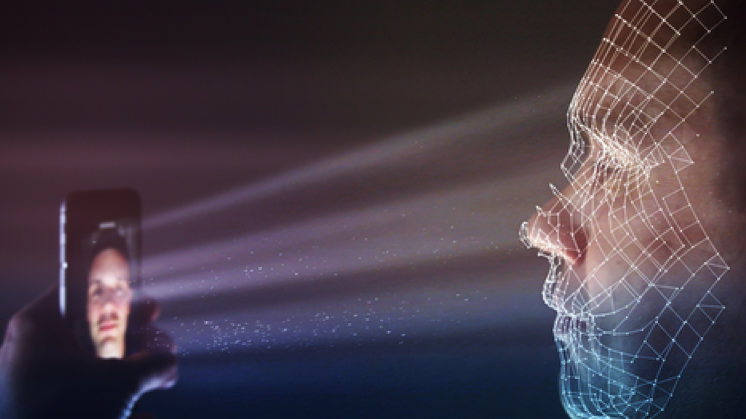
Do you know what biometrics is?
The definition of biometric identification says that it is a method for recognising people based on their physiological or behavioural traits. The process is nothing out of the ordinary - humans do it every day to identify the person we are looking at or recognise a friend, but we do it without noticing. Our physical appearance, the way we walk, our voices and even the shape of our ears can be used as biometric indicators.
Main types of biometrics
There are two main types of biometrics: physiological and behavioural. Physiological indicators include our body's characteristic traits which can be used as parameters or indicators, whilst behavioural biometrics focus on other aspects linked to specific actions, such as the way we write or walk, for instance.
The growing application of biometrics is no coincidence. Our passwords and access credentials are getting more and more sophisticated and they are evolving as data processing changes and the amount of data we use on a daily basis grows. What used to be a good password could now be obsolete. Recent situations such as the Cambridge Analytica case have highlighted not only the vulnerability of our data, but also the risks of it being used for unintended purposes.
Data is the new currency and we do not even realise how valuable it is. New privacy calls for new rules, new passwords and new levels of security.
In such a complex scenario, our body has become a unique and effective identifier. We may not be aware of this, but we have features that no other person has. Our iris, the geometry of our hands and our body odour could all be used as biometric indicators. Even the shape of your veins could set you apart.
Biometrics,
your body is the key
ADVANTAGES
Exclusivity:
linked to one person only
Convenience
Fraud resistant
ADVANTAGES FOR COMPANIES
Cost reduction
Improved efficiency
Remote transactions
Main advantages of using biometric indicators
- They are linked to a single individual (unlike a password, which can be used without authorisation),
- They are very convenient since there is no need to remember or carry anything,
- The security, they are highly fraud resistant.
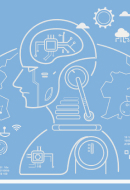
Artificial Intelligence
Are we aware of the challenges and main applications of AI?
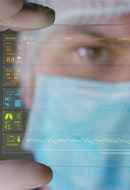
Augmented Reality
The real world with different eyes.
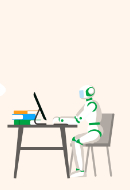
Machine Learning
Discover the main benefits of Machine Learning.
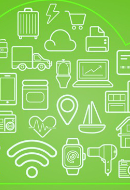
Internet of Things (IoT)
Are we ready for the world that new technologies will bring?
What can biometrics be used for?
Using biometrics is no longer science fiction. The era of Minority Report is here. And it's not only in the movies - you probably use biometric identifiers every day on your smartphone, for example. The first mobile phone featuring fingerprint recognition dates from 2007. Nowadays, high-end smartphones can be unlocked by reading your face. But there are a great many uses we will see developing over the next few years: monitoring access to critical areas, tracking employee presence, combating fraud in the main banking institutions, fingerprints as a payment method replacing typical PoS, or even for authentication in call centres. Haven't you ever tried to talk to your smartphone assistant?
Above all, one of the most influential reasons why biometrics are likely to spread will surely be their security and many advantages for companies. While they are not yet completely ubiquitous, their use by businesses could entail reductions in the cost of maintaining authentication systems, more efficient control of working hours, and easier remote transactions.
The future is now. And your body will have a big say in it.





